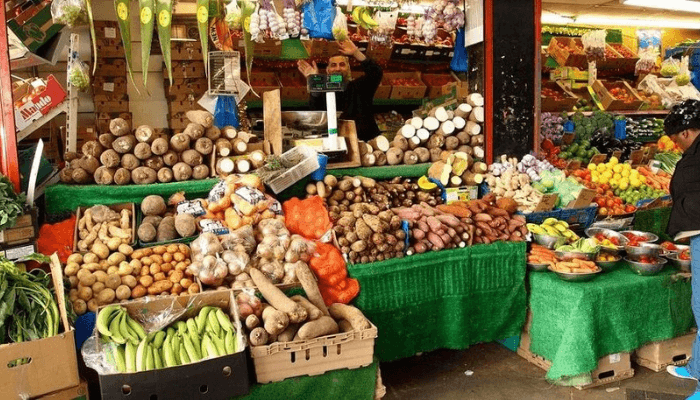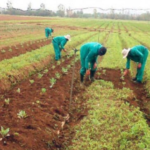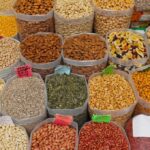The African Union (AU) has adopted a 10-year agricultural development strategy that aims to increase domestic food production by 45% by 2035.
The country’s population is expected to reach 2.5 billion by 2050, while the world’s population is expected to increase by 9.8 billion, raising food security issues.
The 55 member states of the African Union met in Kampala, Uganda, last week to agree on a new strategy and work plan that will run from next year to 2035.
The new strategy and project plans will also help countries reduce post-harvest losses by 50%, triple Africa’s trade in agricultural products and commodities by 2035, and increase the share of local food in agri-food GDP to 35%.
- Advertisement -
The regional economic bloc, the Common Market for Eastern and Southern Africa (COMESA), stated in its Kampala declaration that its main tasks are to increase the efficiency of competitiveness in the region and to secure the agricultural policies of its member countries through the Comprehensive African Development Programme (CAADP), which is its main pillar.
The Central African Agricultural Development Program (CAADP) is an Agenda 2063 continental initiative that aims to stimulate economic growth through agriculture-based development and help African countries eliminate hunger and reduce poverty.
Through the Africa Agricultural Partnership Program, African governments have agreed to spend at least 10% of their national budgets on agriculture and rural development and to achieve a farm target of at least 6% each year.
These commitments are aligned with the goals of reducing poverty and malnutrition, increasing agricultural productivity and income, and improving the sustainability of agriculture and the use of natural resources.
Other key areas highlighted by COMESA include promoting climate-smart agriculture and supporting market access for smallholder farmers.










